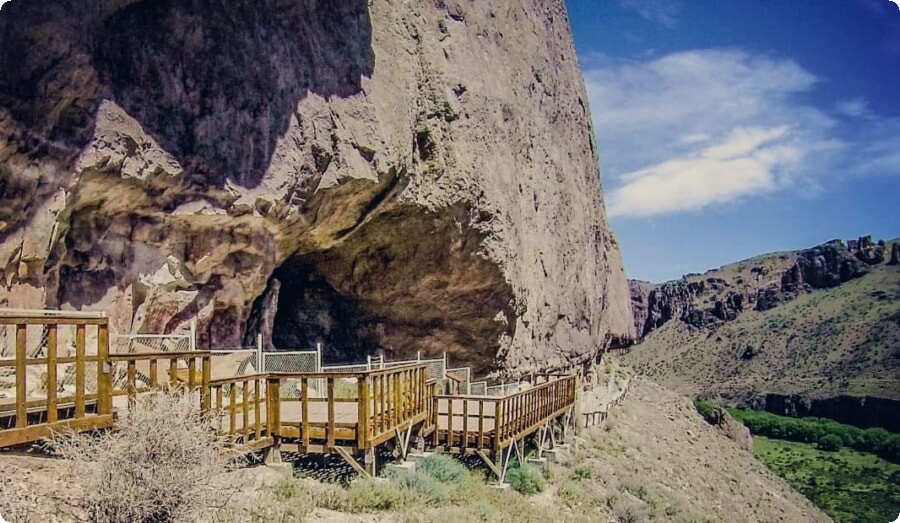World Heritage Sites in Argentina
Welcome to Argentina! We hope you enjoy your stay, but in case you're looking for some sites to visit while you're here, we've got a list of the country's UNESCO World Heritage Sites. These are places that are special to us because of their cultural, historical or natural significance. So without further ado:

Iguazu Falls
Iguazu Falls is a UNESCO World Heritage Site, located on the border between Argentina and Brazil. It's the largest waterfall system in the world and features 275 falls that descend over 2 miles (3 kilometers). The park has two main parts:
- The Upper Iguazu River
- Lower Iguazu River with its 275 falls

The Tehuelche peoples' cave art is a UNESCO World Heritage Site located in the Patagonian Andes, in the Neuquen province of Argentina. It is composed of two groups of rock art sites: Cueva de las Manos (Cave of Hands) and Cueva de los Monjes (Monk's Cave). The paintings are believed to be over 10,000 years old and are painted in a reddish color that represents blood from animals killed by hunters at that time period. They show wild animals such as guanacos (a species similar to llamas), rheas (large flightless birds), foxes and humans performing rituals together with them or hunting them for food; there are also scenes depicting battles between tribesmen using spears against enemies who were armed with clubs and shields made out wood.

Wilkerson House (Cocoliche)
Wilkerson House is a historic house museum located in the town of Cocoliche, in the Cañuelas Partido of Buenos Aires Province, Argentina. It was declared a National Historic Monument in 1975. The building was designed by architect Juan Antonio Buschiazzo and built between 1884 and 1886 for Dr. John Wilkerson (1853-1928), who had immigrated from Scotland to Argentina at age 20. The house features two stories on its main façade with five windows per floor; it also has a terrace overlooking Lake Nahuel Huapi.
Lujan de Cuyo, Mendoza Province
Lujan de Cuyo is a wine-producing region in Argentina, located in Mendoza Province. The town of Lujan de Cuyo is the capital of this wine-producing area and has been declared a World Heritage Site by UNESCO because it has maintained its traditional architecture over time. The town was established by Spanish colonists in 1762 as one of many Jesuit missions in South America during that time period; however, most were abandoned before they could achieve their goals because they were too far from other settlements for supplies or reinforcements to arrive easily.

Puerto Madryn, Chubut Province
A city in the province of Chubut, Argentina. The city is located on the Atlantic coast of Patagonia and is home to some of the most important wildlife refuges in Argentina. It has a population of approximately 35,000 inhabitants (as per 2017 census).

Puerto Madryn was founded by Francisco Pascual Oroquieta on December 8th, 1885 as an agricultural colony named "Nueva Austria". On June 5th 1888 it was renamed "Puerto Nuevo" by decree #5460 but changed again to its current name after being reincorporated into Chile during President Roca's rule from 1880-1886 through 1893-1901
Located in the province of Santa Cruz, the national park is part of a UNESCO World Heritage Site that includes other national parks in Chile and Argentina, called Patagonia - South America's Wild Heart.

Ischigualasto Natural Park is a UNESCO World Heritage Site, located in Argentina's Salta Province. The park encompasses a wide variety of landscapes and ecosystems—from high plains to canyons and mountains—and is home to many plants and animals that are endemic to the region.


